Please include these in your recycling container

Newspaper, including ads and other paper inserts

Newspaper, including ads and other paper inserts

Corrugated cardboard (a wavy layer between two flat layers): flatten cardboard boxes. Cardboard too large for your roll cart can be placed next to your cart, but anything larger than three feet in any direction must be cut into smaller pieces (no smaller than 1' x 1') so that it will fit into the recycling truck. Smaller pieces of cardboard are difficult to sort out at recycling plants and can end up with materials sent to newsprint mills. Do not include wax corrugated cardboard (most commonly used to ship produce to retailers).
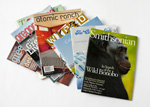
Magazines and catalogs
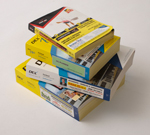
Phone books

Junk mail and scrap paper
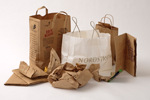
Paper bags

Cereal, cracker, cookie and shoe boxes (also known as "brown board," "grey board," or "chip board")

Wrapping paper (no foil, glitter, plastic coating or tape)
Cards (no foil, glitter or plastic coating)
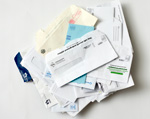
Envelopes (windows and labels are OK)
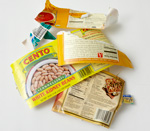
Paper labels from cans
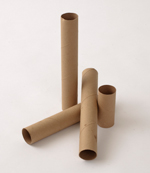
Paper towel and tissue cores (but no paper towels or tissue)

Construction paper
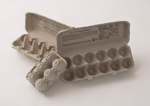
Paper egg cartons
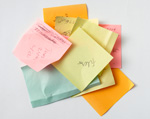
Post-it notes
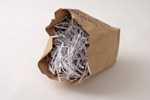
Shredded paper (It's a good idea to shred documents with account or social security numbers before leaving them at the curb.) Place shredded paper inside a paper bag before placing in your recycling container.
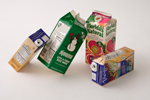
Milk cartons and aseptic boxes (juice, soup, drink boxes, etc.): please empty contents and rinse thoroughly. No need to flatten them as they are easier to sort at recycling plants if they are not flattened.
Even though milk cartons and aseptics are not 100 percent paper, there are specific markets for these materials so they can be recycled curbside. (Aseptic boxes are a combination of plastic, metal and paper, and milk and juice cartons, also known as "gable-top" containers, contain a moisture barrier.)